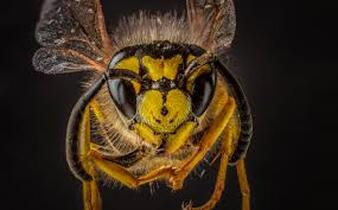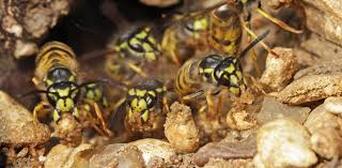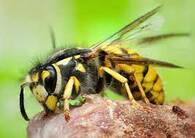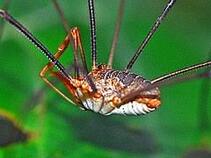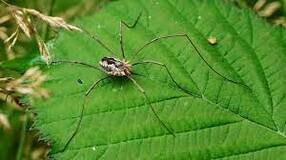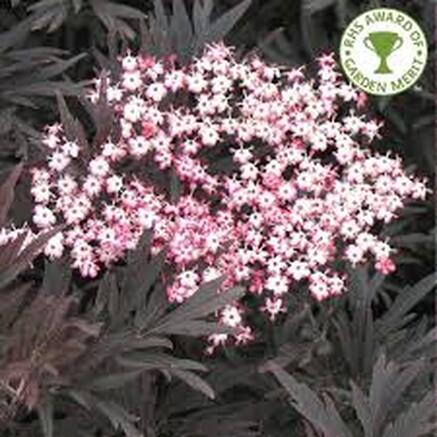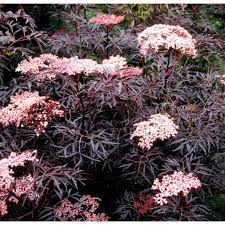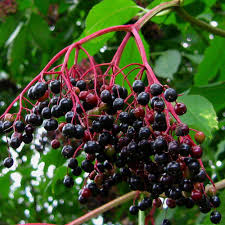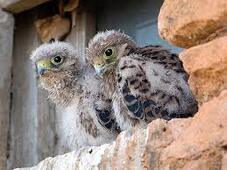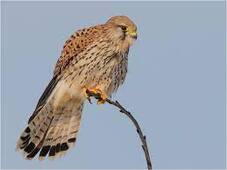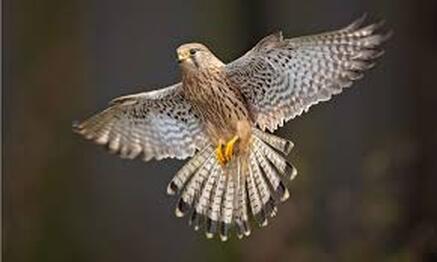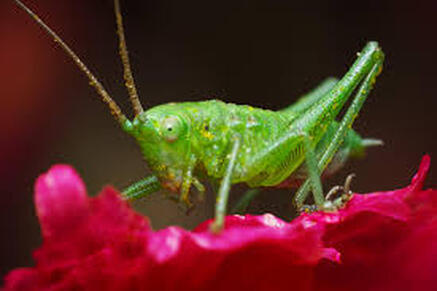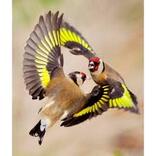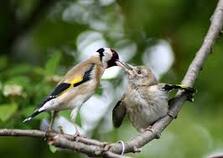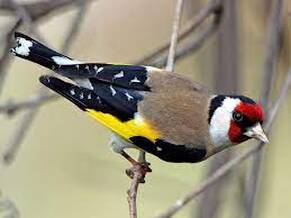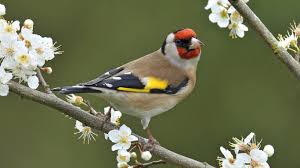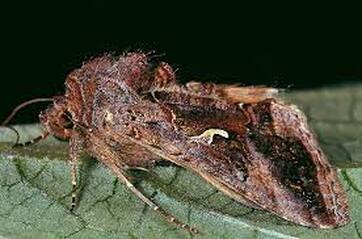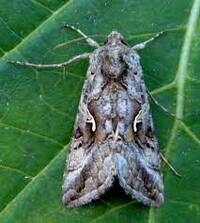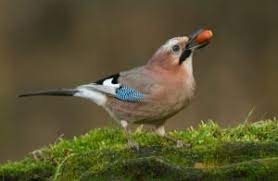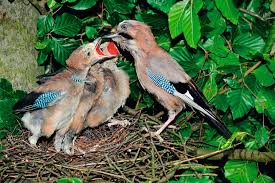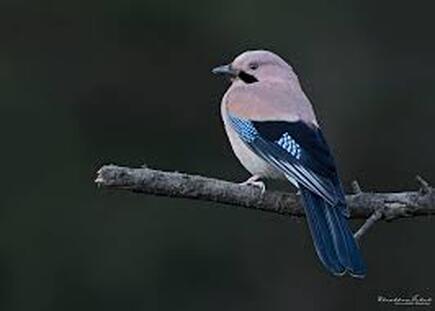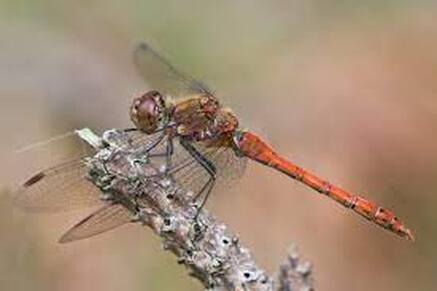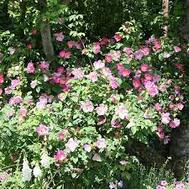Elder (Sambucus nigra)Don’t be tempted to try a raw elderberry: they’re at best unpalatable, at worst toxic. However, to a bird, they are simply irresistible! Starlings, woodpigeons, blackbirds, thrushes, robins, tits and warblers all tuck in. Researchers have discovered that more species of bird feast on elderberries than any other native British fruit. Given elder is a compact tree, the double whammy of blossom and fruit makes it a brilliant addition to the garden.
|
Common kestrel (Falco tinnunculus)Kestrels have an unrivalled ability to hang in mid-air, tilting their long tail from side to side to keep their head perfectly still as they hover over a few square inches of grass. With great efficiency, they maintain a laser-like focus on their prey, before plunging for the kill. But their populations are also in freefall, due to a perfect storm of threats, including habitat loss.
|
Speckled bush-cricket (Leptophyes punctatissima)A still September evening is an ideal time to enjoy the chirping of a bush-cricket, produced by rubbing its wings together. Follow the sound to its source by searching hedges or bushes for a grasshopper-like insect with hugely long antennae. The song, called stridulation, is unique to each species (of which Britain has several), and speeds up in warmer air.
|
European goldfinch (Carduelis carduelis)Like many songbirds, finches gravitate to flocks after breeding. Aptly named charms of goldfinches can easily grow to be several dozen strong, especially where there are thistles, scabious or knapweed, whose small seeds these fine-billed finches adore. If disturbed, they rise in a flurry and circle a few times, filling the air with tinkling calls before settling. The birds are busy moulting now. Juveniles are acquiring their first-winter plumage, so often look scruffy around the head and shoulders, as their white, black and red adult feathers begin to appear.
|
Eurasian jay (Garrulus glandarius)As late summer turns to autumn, the birds start amassing hoards of acorns and other nuts and seeds to see them through the winter. Not only do they spend longer on the ground foraging, they also make frequent flights to and fro, to bury their treasure, flashing their bright white rumps, and becoming more vocal. The volleys of raucous shrieks earned them the old name ‘screamer of the woods’.
|
Dog rose (Rosa canina)Rosehips – the flask-shaped, red or orange fruit of the dog rose – were once widely gathered to make tea, syrup and jelly. During World War II, the Ministry of Food even ran a campaign promoting such harvesting to boost Vitamin C levels in a populace deprived of fresh-fruit imports.
|
All information from , British wildlife in April | BBC Wildlife Magazine - Discover Wildlife
